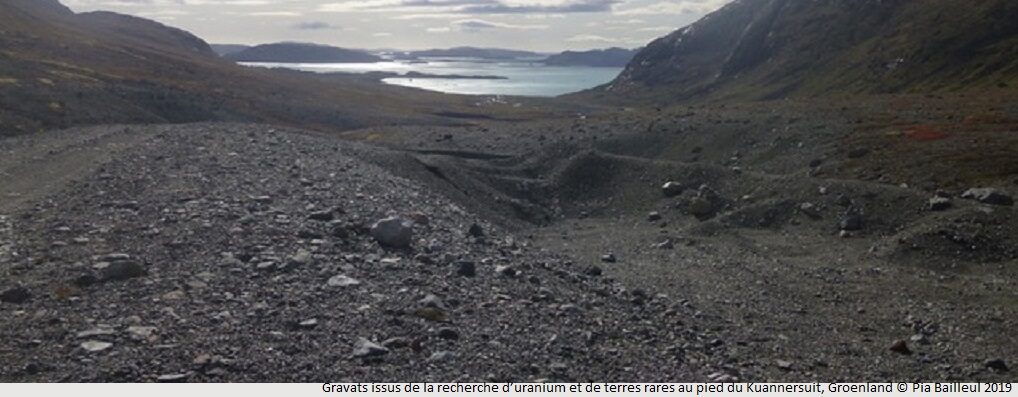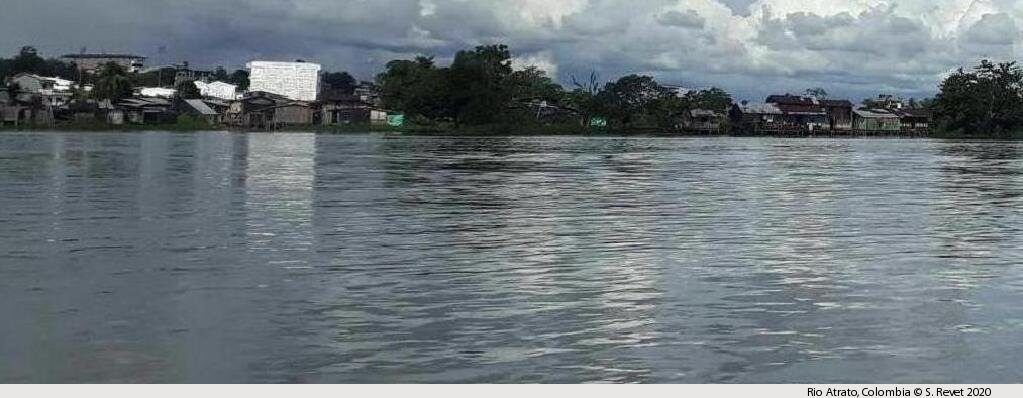Ruling on Nature (RULNAT- ANR-19-CE03-0006) is a five-year research project (2020-2025) funded by the French National Research Agency. Initially supported by the Centre for Himalayan Studies (then Centre for South Asian and Himalayan Studies), it is now coordinated by PALOC (Patrimoines locaux, Environnement et Globalisation) in a scientific partnership with the Laboratoire d’Ethnologie et de Sociologie Comparative, the Centre de Recherches Internationales and the Université Libre de Bruxelles. The international team is made up of eleven anthropologists, two law scholars, a geographer and an environmental lawyer.
Our aim is to study how issues related to animals and the environment are brought before the court in different countries; how they are handled by lawyers, activists and the state; how they are concretely implemented in litigation. The approach is based on the study of court cases in their multiple dimensions in order to analyse how the relations between humans and animals or the environment are shaped – or not – by legal action.
Over the last decades, the animal and environment debate has intensified throughout the world and cases have been repeatedly brought before the court. Though these issues are not new, their scope has extended, reflecting a change in sensitivity to – and perception of – domestic and wild animals, as well as a sense of urgency to save compromised natural resources.

The way in which these issues are addressed has evolved and animals’ or nature’s ‘own interests’ are being increasingly highlighted. Animals – and a fortiori natural resources – are, legally speaking, property that can be owned; if they benefit from certain types of protection, they are not persons in law. Recently, the question has been raised of granting the status of legal person to various elements of the environment (forests, rivers, lakes) and a similar move concerning animals has been initiated, questioning the boundary between humans and animals. However, such a proposal, which can often have different meanings and implications, is not without provoking criticism in legal and activist circles. While there is some consensus regarding the need to better protect the environment and animals, there is no consensus on the legal tools that should be used to this end, nor is there a shared vision of the relationship between humans and nature. Most litigation concerning the protection of animals or of the environment is actually decided by the court within the framework of existing civil or criminal laws, without advocating a change of legal categories.
Focusing on litigations in their local context is essential for grasping the interplay between levels of jurisdiction, from local to global: internationally shared legal notions, such as ‘nature’s own interest’, ‘rights of non-humans’ or ‘biocultural rights’, circulate and are quoted in cases on different continents but can take different meanings according to local interests; conversely, local issues addressed within the global debate can sometimes be idealised. This circulation of ideas and of legal arguments, often triggered by a judicial precedent, elicits a combination of a fine-grained description of local issues and interactions, and a comparative approach, all of which can throw light on reciprocal appropriations and possible misunderstandings.
The project is structured around five major questions:
























